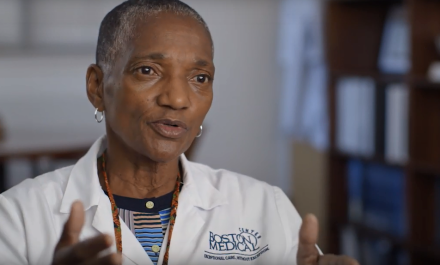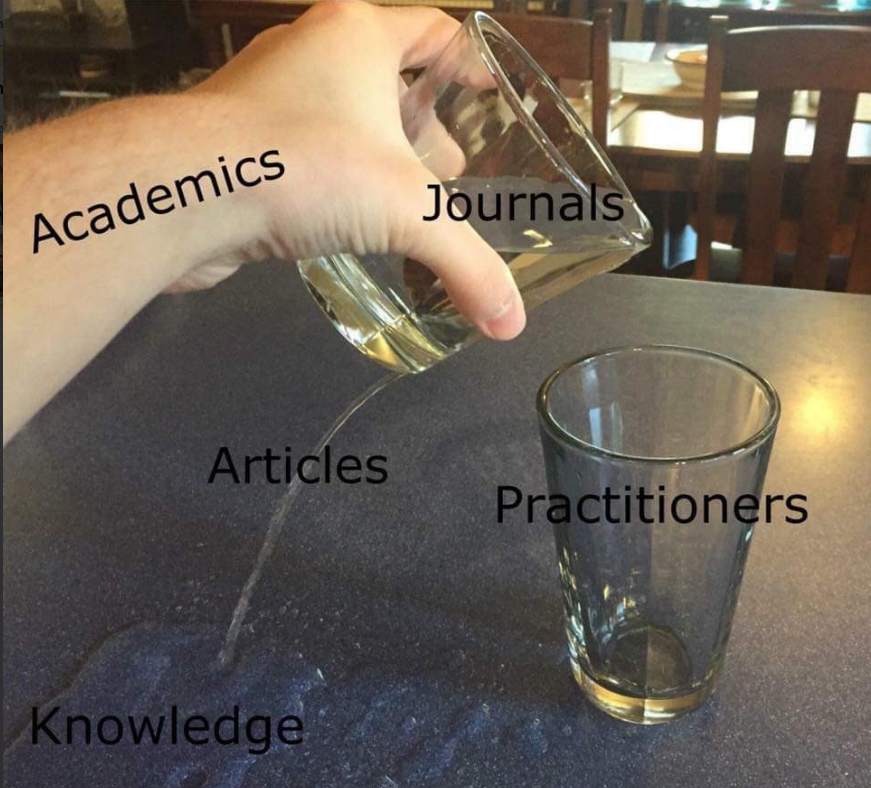Wicked problems are problems that span disciplines and are seemingly untractable. Examples include poverty, climate change, and artificial intelligence; those issues that involve multiple stakeholders, the definition of the problem is unclear, and solving one problem usually involves creating another problem elsewhere.
To start off my series on the this topic, I thought I would provide the “textbook definition” of wicked problems.
The notion of the “wicked problem” was originated by Rittel and Webber in their 1973 paper “Dilemmas in a General Theory of Planning“.
Here they describe the changing nature of problems we face over history. In general, they suggest that problem solving solutions implemented by “professionals” were most obsessed with efficiency rather than actually doing the right thing. This approach lead to systems that had unforeseen poor consequences. This is especially true in problems that have a societal aspect to them, in contrast to say, a mathematics or engineering problem which are characterized by generally being “tame” or “benign”.
Indeed, all problem that involve planning at a governmental level have a level of complexity that classical, efficiency-based, scientific models of solving can not begin to grasp.
Therein is the “wicked problem”.
The ten proprieties of a wicked problem are as follows:
- “There is no definitive formulation of a wicked problem
- Wicked problems have no stopping rule
- Solutions to wicked problems are not true-or-false, but good-or-bad
- There is no immediate and no ultimate test of a solution to a wicked problem
- Every solution to a wicked problem is a “one-shot operation”; because there is no opportunity to learn by trial-by-error, every attempt counts significantly
- Wicked problems do not have an enumerable (or an exhaustively describable) set of potential solutions, nor is there a well-described set of permissible operations that may be incorporated into the plan
- Every wicked problem is essentially unique
- Every wicked problem can be considered to be a symptom of another problem
- The existence of a discrepancy representing a wicked problem can be explained in numerous ways. The choice of explanation determines the nature of the problem’s resolution
- The planner has no right to be wrong”
I will delve deeper into these characteristics in future posts….



